One of the more interesting trends about the larger Jackass franchise has been the shift in critical reception towards the films.
Jackass: The Movie scored a rotten 49% on Rotten Tomatoes and a comparable 42 on Metacritic. For Jackass: Number Two, those numbers climbed to 64% and 66 respectively. Those numbers remained relatively static for Jackass 3-D, with Rotten Tomatoes jumping up to 66% and the Metacritic score dropping to 56. However, the latest movie in the franchise, Jackass Forever, arrived to something close to critical raves, earning series-high scores of 87% on Rotten Tomatoes and 74 on Metacritic.
So, what changed? Part of it is undoubtedly a sense of nostalgia. Johnny Knoxville and the gang have been around long enough that they are no longer the enfants terrible of pop culture. Indeed, during the break in production forced by the COVID pandemic, Knoxville allowed his hair to go gray. The result is the transformation of an icon of punkish rebellion into a strangely establishment figure. It’s no surprise that the rest of the ensemble affectionately call him “captain.”
It also helps that Jackass Forever is much further from the moral panics and outrage that accompanied the premiere of Jackass in October 2000. Senator Joe Lieberman petitioned MTV to cancel the series as early as January 2001. In some ways, this was a hangover from the culture wars of the 1990s, as the political establishment railed against what it saw as the loosening of public morals on American television.
“People used to complain that television was aimed at the mind of a 12-year-old,” observed Robert Lichter, director of the Center for Media and Public Affairs in April 1998. “Now it seems aimed at the hormones of a 14-year-old.” Arriving at the Republican convention in August 1992, George H.W. Bush criticized depictions of the American family in The Simpsons. Shortly after South Park premiered in August 1997, L. Brent Bozell III argued it “shouldn’t have been made, period.”
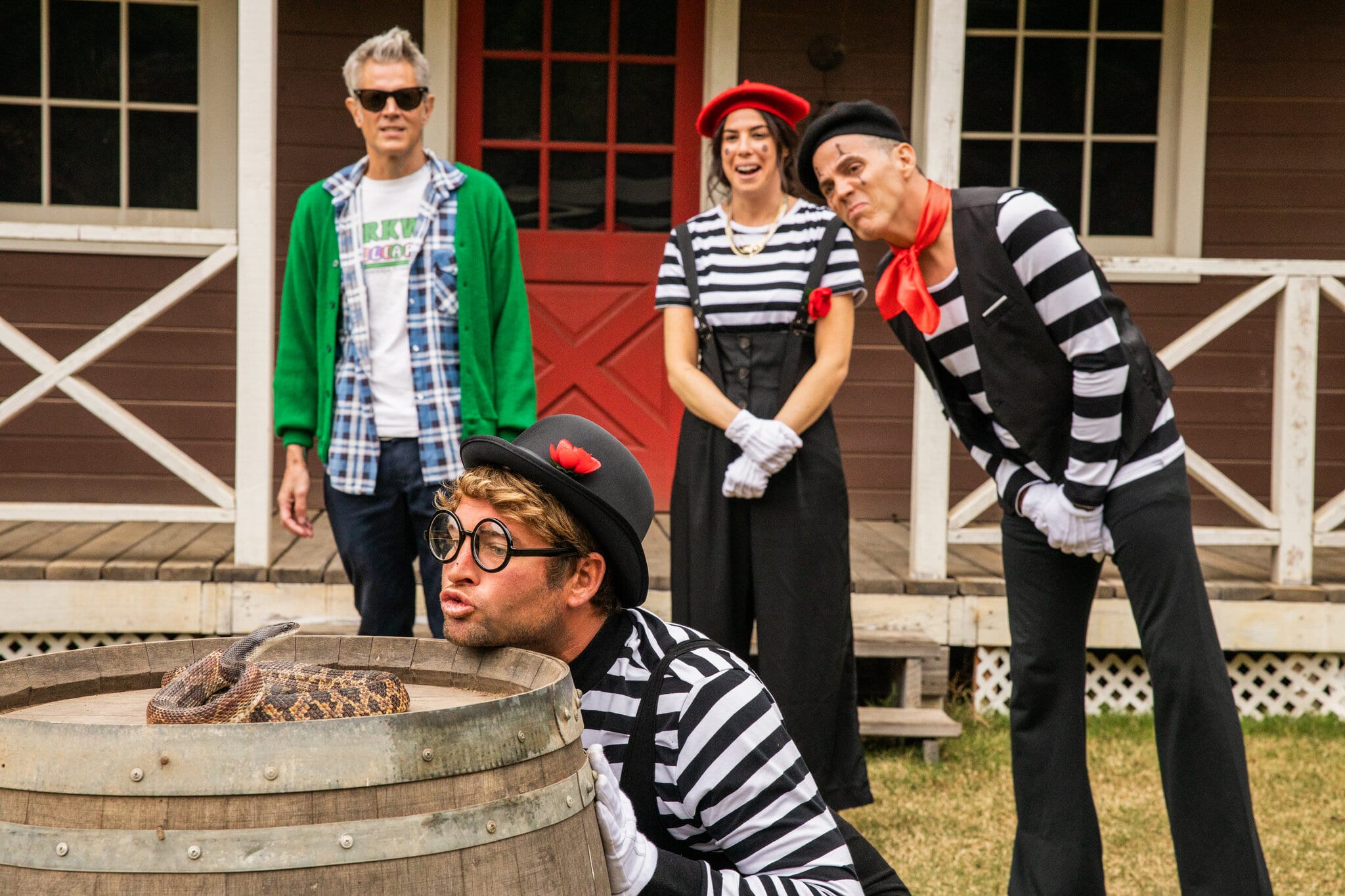
Recent years have seen an attempt to reconcile with the moral panics and the culture wars of the 1990s, particularly with regard to those targeted by these campaigns. Impeachment: American Crime Story invites the audience to consider the public spectacle of the Clinton impeachment through the eyes of Monica Lewinsky (Beanie Feldstein). Pam & Tommy offers a revision of the narrative of Pamela Anderson (Lily James), acknowledging her as the victim of a horrific violation.
Obviously, Jackass is a very different example. While debates around the show were anchored in anxieties over public morality, they were not tied to puritanical ideas about sex. As such, it seems likely that at least some of the reappraisal of Jackass comes down to an attempt to reckon with the legacy of those millennial culture wars and to maybe take a step back and consider these objects in a broader context. In some ways, the praise that Jackass Forever is receiving is retroactive vindication.
Many of those involved in Jackass push back against attempts to think too hard about what the franchise means and what it represents. “I can’t intellectualize it,” Knoxville recently told The Ringer. Many artists feel that way about their work, like how Steven Spielberg failed to parse the subtext about his own parents’ divorce that informed so much of Close Encounters of the Third Kind until James Lipton explained it to him on Inside the Actors’ Studio two decades later.
It’s easy to dismiss Jackass as a bunch of juvenile and sadistic pranks, produced for the amusement of both the participants and the audience. Sometimes a cigar is just a cigar, and sometimes a man getting hit in the crotch is just a man getting hit in the crotch. However, watching Jackass, it makes sense to position the show at the intersection of three very distinctly American schools of entertainment.
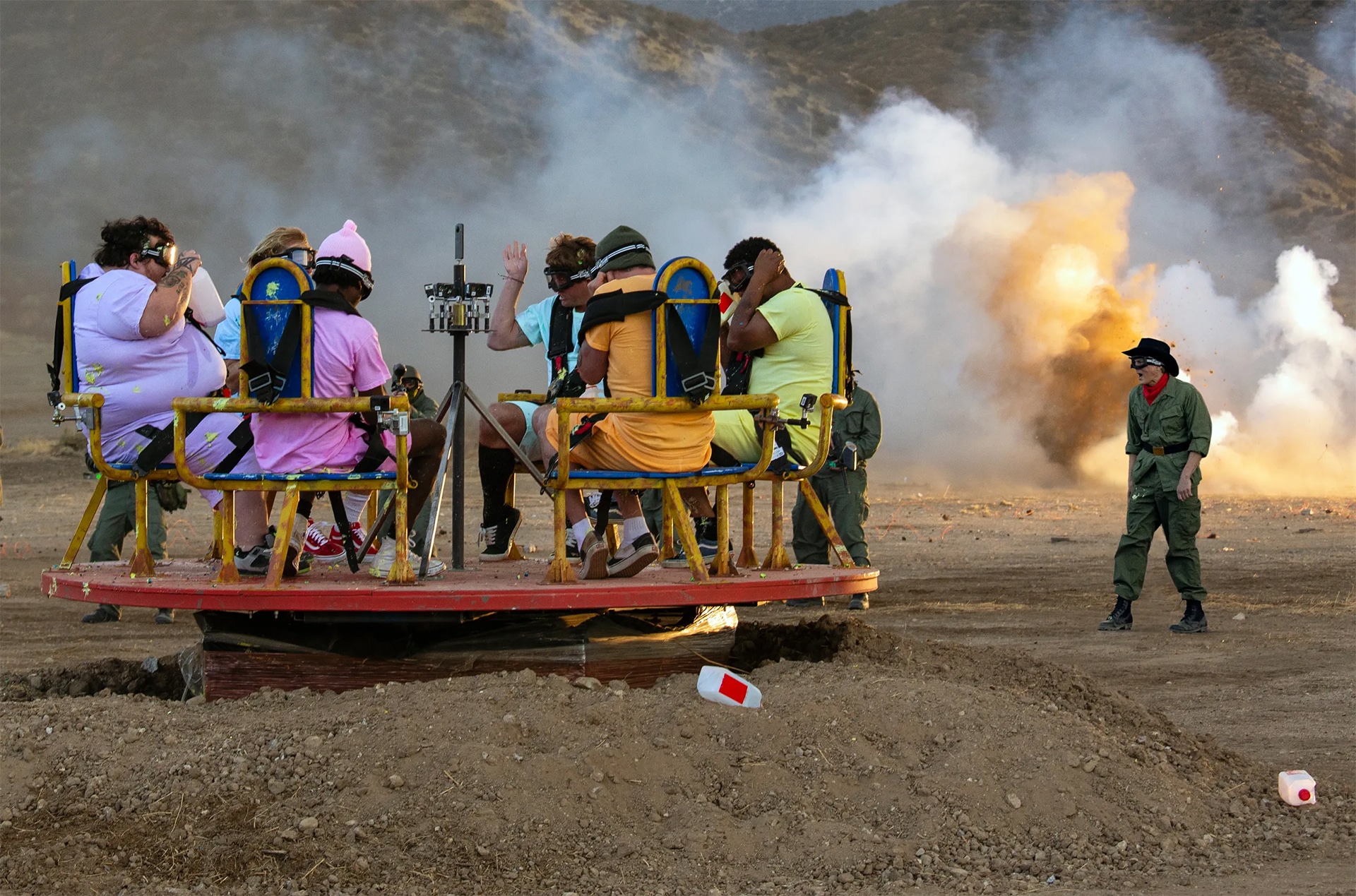
First, Jackass feels like a descendent of the classic circus sideshow. With his eccentric costumes, his cheesy jokes, and his dominant presence, Knoxville seems like a carnival barker trying to hustle the audience into his tent of wonders. Following a brain injury endured while filming a stunt for Jackass Forever, Knoxville largely opted out of subsequent set pieces. As such, his position as the ringmaster of this circus becomes even more performative.
Over the course of Jackass Forever, Knoxville dresses like a stage magician or an army serviceman. Preparing for a stunt with a rodeo bull, Knoxville resembles nothing so much as P.T. Barnum (Hugh Jackman) from The Greatest Showman. Knoxville invites the audience to gape and gawk at a variety of stunts that recall traveling exhibits. His cast interact with dangerous animals like bears and snakes, recalling old circus acts. They consume grotesque substances, like sideshow geeks of old.
However, Jackass synthesizes this classic American mode of entertainment with its second influence: the earliest silent films. Many pioneers of American cinema — like Charlie Chaplin and Buster Keaton — began in vaudeville. Many of their earliest films drew on that stage experience, combining it with camera trickery and canny editing to great effect. Even then, many early screen stunts were incredibly dangerous. Knoxville was almost killed recreating a classic Keaton stunt for Jackass: Number Two.
The Jackass team acknowledges this influence. “We watched a lot of Keaton and Chaplin — and we stole everything from them we could,” concedes Jackass co-creator Spike Jonze, director of movies like Being John Malkovich and Adaptation. “Abbott and Costello, the Three Stooges. To do a live-action Tom and Jerry cartoon was a big part of what we wanted. If you watch Jackass again you’ll kinda see how much we plagiarized from Tom and Jerry — it’s pathetic!”
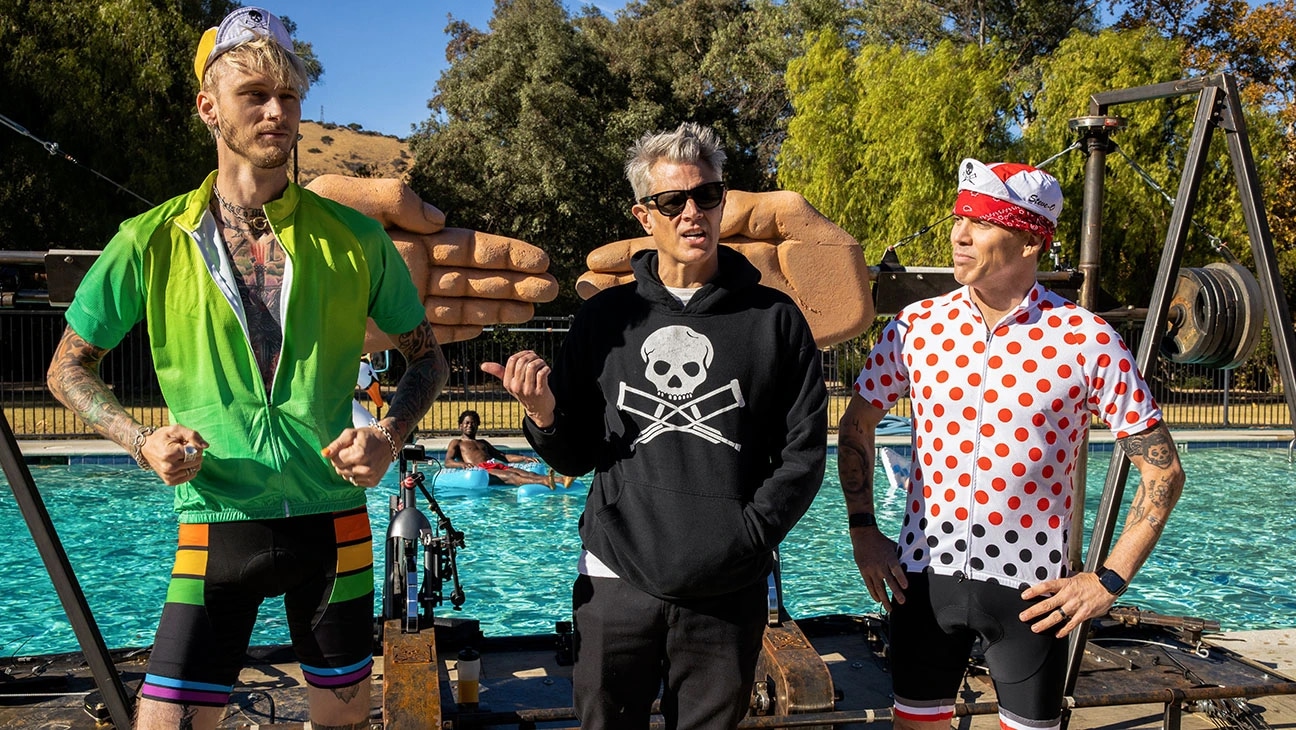
Indeed, while physical pain and brutality is a major part of the vicarious thrill of Jackass, there is a tendency to downplay the team’s gift for surrealist or absurdist humor. Many of the best gags play off audience expectation, zigging when the viewer expects them to zag. While silent cinema aficionados might balk at the comparison of Knoxville and his co-stars to classic movie stars like Chaplin or Keaton, there is something similarly cartoonish to be found in their sensibilities.
At one point in Jackass Forever, Knoxville ties Ehren McGhehey to a chair, wires him to a lie detector, and puts on a shock collar. He asks a single question: Is McGhehey allergic to bees? Knoxville shocks McGhehey when he answers in the affirmative. Then the gag takes a surreal turn. Knoxville slathers McGhehey in honey. Even then, the expectation is that Knoxville might unleash some bees. Instead, the surprise is a giant and hungry bear. It’s a surreal and darkly comic game of escalation.
The spirit of silent movies arguably lives on in its purest form in the work of stunt performers. These professionals are engaged in the sort of physical derring-do that defined so much of early cinema. It’s no coincidence that John Wick: Chapter 2 opens with footage of Keaton’s The General projected onto a New York city building and the climax features a riff on a key sequence from Chaplin’s The Circus. Stunt work is a form of American artistry and deserves recognition as such.
This ties neatly into the third and final point of comparison for Jackass. The show would not exist without the early reality television boom of the late 1980s and early 1990s: shows like Cops, America’s Funniest Home Videos, and even The Real World. The advent of affordable camcorders made it possible for everybody in America to be the star of their own movie, and this boom in cheap television put a premium on the idea of “authenticity” in an era defined by postmodernism.
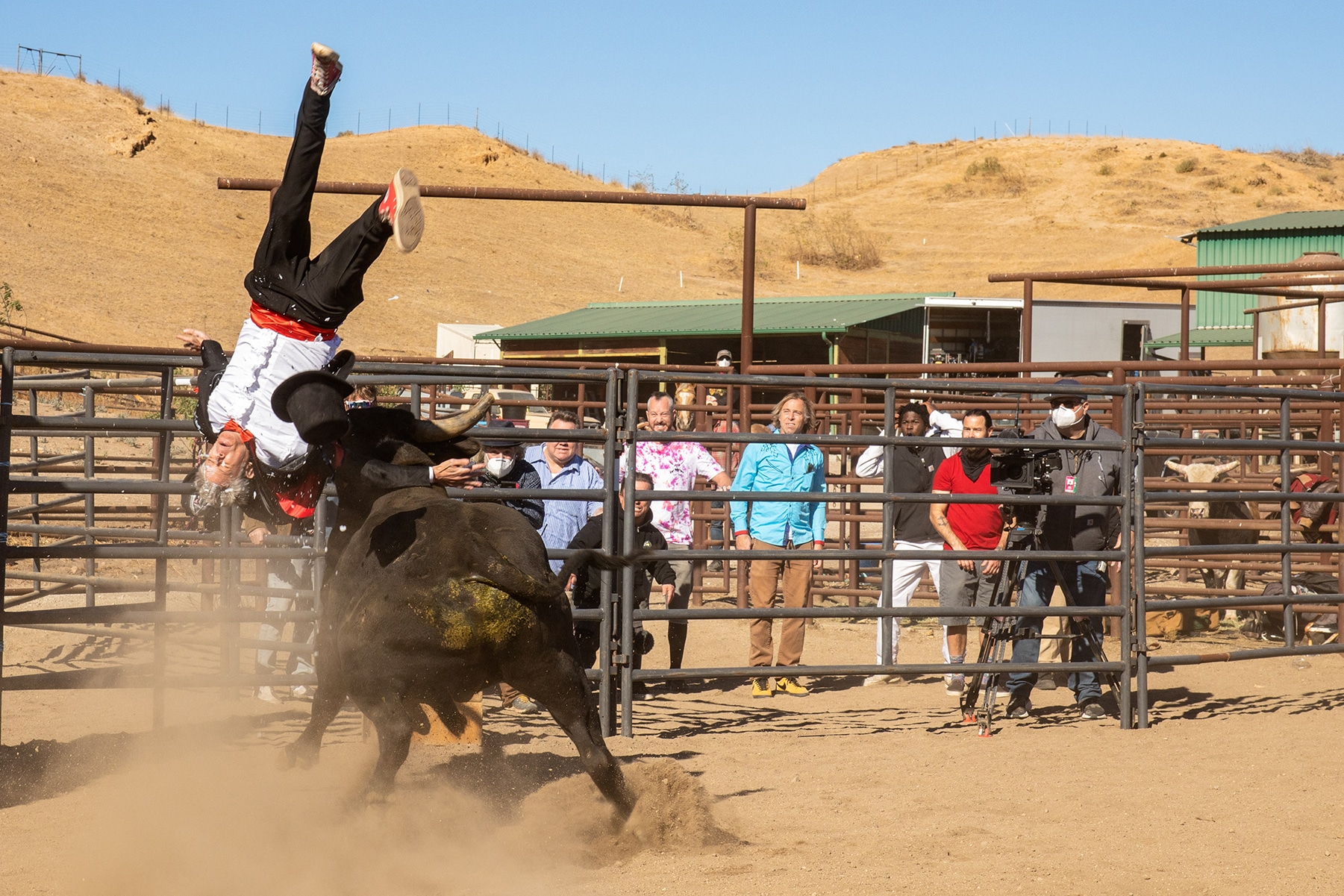
Of course, the reality is that many of these shows were carefully stage managed. There were allegations of a “fight quota” on The Jerry Springer Show. The cast admitted that key scenes from The Osbournes were staged. Even the very act of editing a reality television show imposes authorship and narrative upon it. Still, there is something appealingly authentic in the simplicity of Jackass, in knowing that — even with the safety precautions — the pain, the fear, and the excitement was all real.
In this sense, it’s worth acknowledging that Jackass broke into the mainstream at a time when pop culture was dominated with meditations on the unreal. In the years before Jackass hit the air, American cinemas were populated with movies like The Matrix, The 13th Floor, Pleasantville, Dark City, eXistenz, and The Truman Show. These are movies obsessed with simulations and simulacra. In contrast, Jackass is only interested in “the desert of the real” if it can throw itself into a cactus patch.
The result of this synthesis of carnival barking, silent cinema stunt work, and early reality television is unique and distinct. Whatever one might personally make of Jackass, its creators have made all this their own. If Jackass is a circus sideshow, it is one where the geeks themselves are holding the camera and the strings. Jackass is crass and vulgar, juvenile and obscene. However, it’s also joyous and creative, blending rich American traditions in a heady cocktail that’s not for the faint of heart.

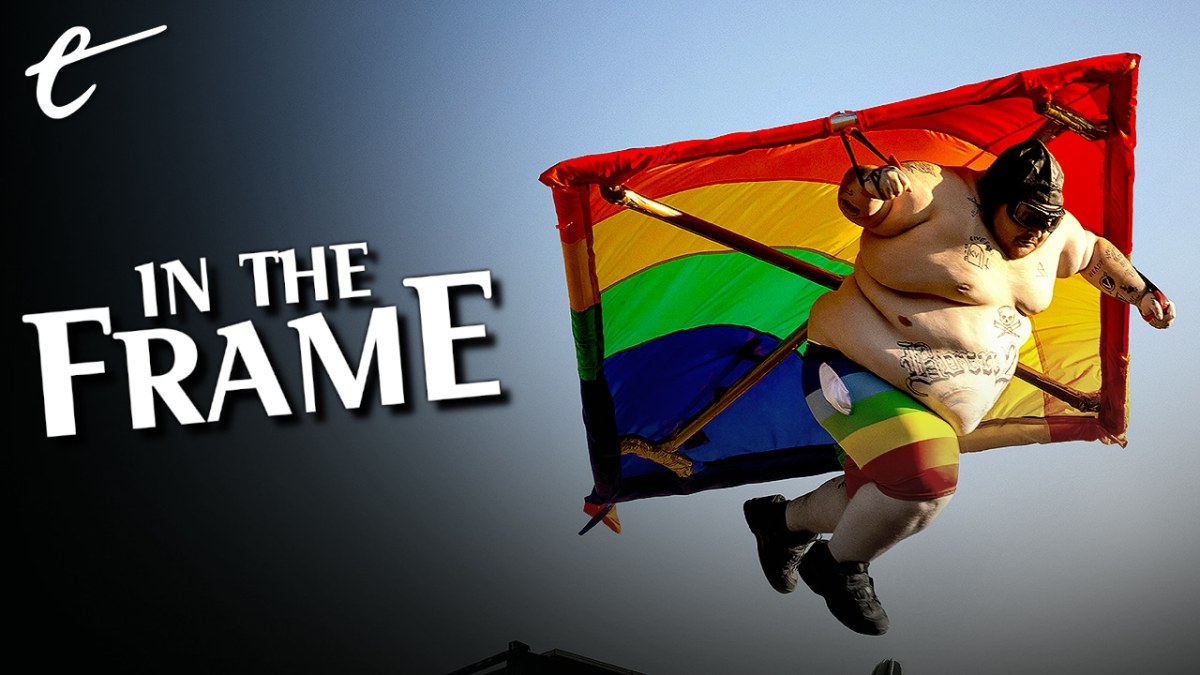




Published: Feb 7, 2022 11:00 am